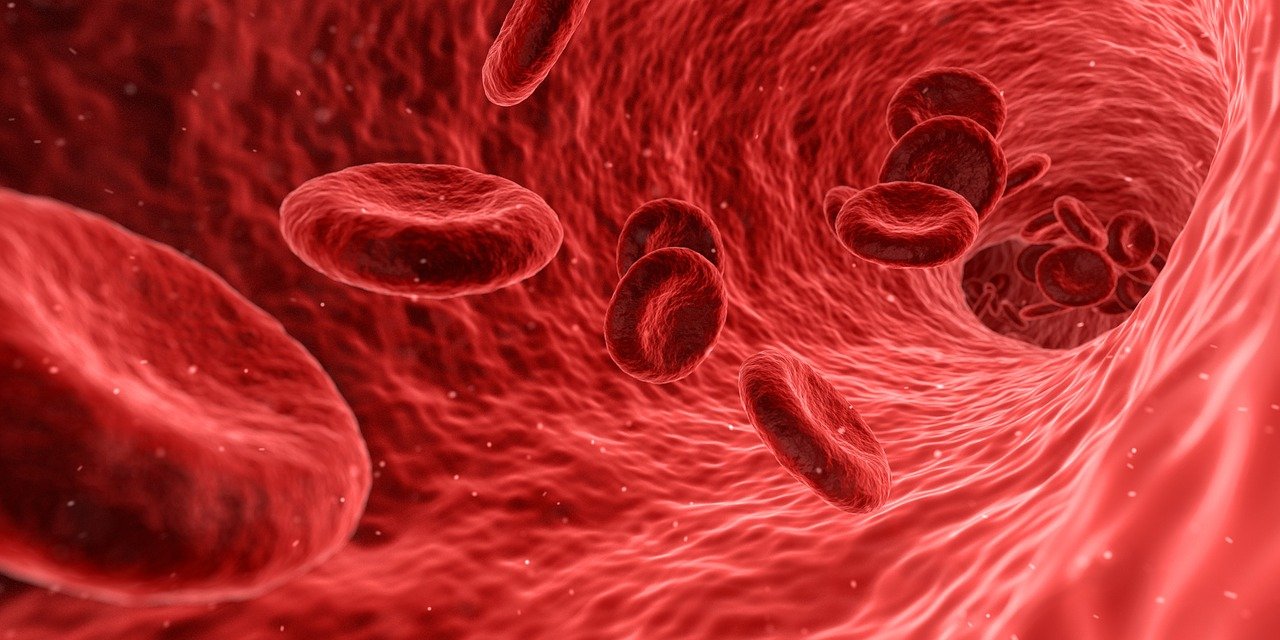Platelet-Rich Plasma (PRP)

What is Platelet-Rich Plasma?
What is PRP
Platelet Rich Plasma Injection Therapy (PRP therapy), is a advanced growing treatment approach for soft tissue injuries including tendon, muscle and ligaments and shows positive results in osteoarthritis.
How Does it work?
Some tissues in the body have a poor blood supply or respond poorly to excessive load and ultimately fail to heal naturally. While some of our primary treatment such as physiotherapy, massage, biomechanical correction and other forms of treatment are used to treat these soft tissue injuries, sometimes the body fails to respond.
PRP therapy utilizes the healing properties in blood to allow a healing reaction to occur in a tissue that is not healing on its own. Our blood has small granules called “platelets” and these contain special growth factors that when released, allow Stem cells in the particular tissue to switch on and then cause new tissue to be synthesized and heal the injured area.
An example can be an Achilles tendinopathy. If the Achilles is painful, thickened and not responding to rehabilitation, then the sports physician will inject the PRP into the Achilles and this will cause the tendon cells (tenocytes/fibroblasts) to synthesize new Achilles collagen to strengthen the Achilles. White blood cells also enter the area to mop up any Achilles tissue that may have been damaged due to the ongoing pain and thickening in the area.
What is the Procedure?
If you are a candidate for PRP therapy, Your initial consultation may not include the PRP injection as the doctor will further assess your injury to confirm your pathology and identify the area to inject. Sometimes the doctor may require some further scanning/investigations prior to having PRP therapy.
The procedure itself will take approximately 45 minutes. During this time the doctor & nurse will take some blood from your and then your blood will be placed in a special spinning device called a centrifuge. Your blood will be prepared in this machine and then the “platelets” will be taken from the machine and then injected into the site of your injury. The injection can done under ultrasound guidance in-rooms if needed.
Our doctors use a local anesthetic so that the pain from the injection is minimal during and after the procedure. Following the procedure you may drive home however it may be appropriate to have someone with you should you like some company following the injection.
